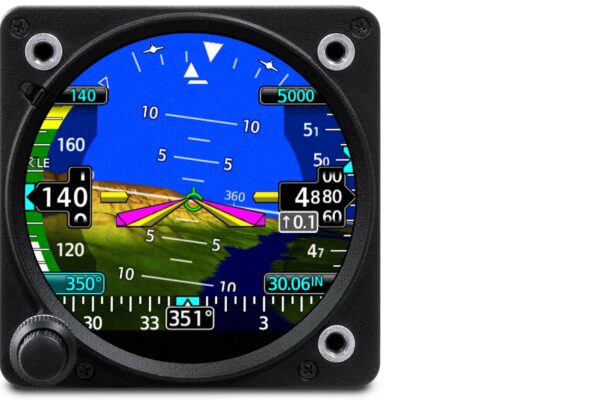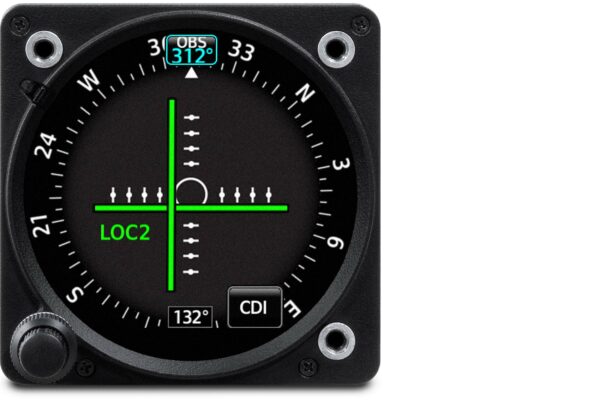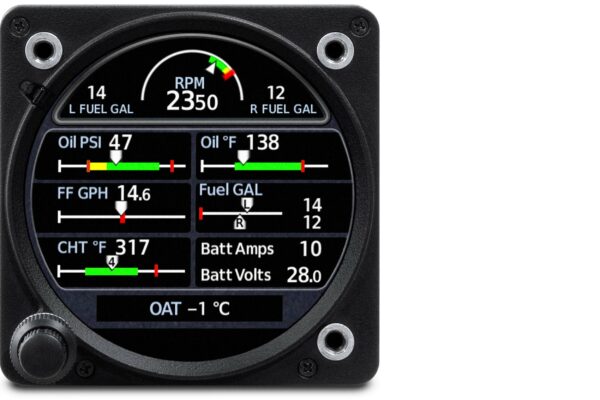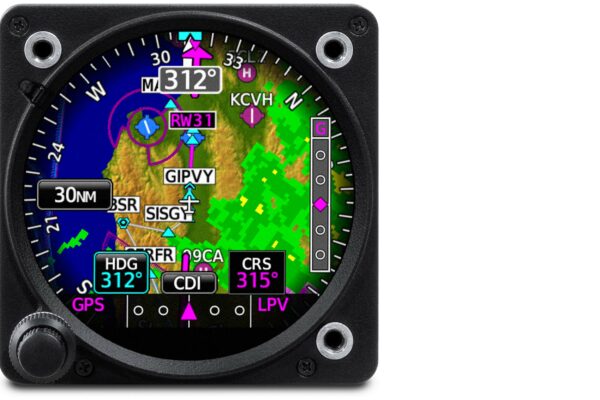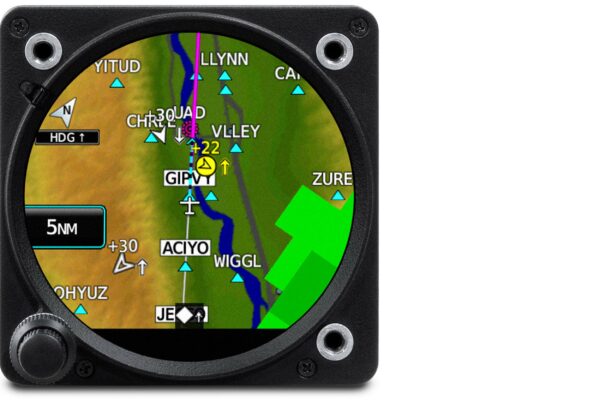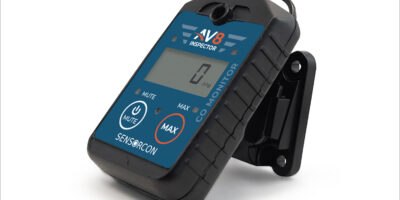Garmin recently released the GI 275, a line-up of retrofit EFIS instruments designed for standard 3-⅛in round gauge cutouts. Compared to the Garmin G5, the 275 has full US TSO certification and can be configured to display an array of ‘steam gauge’ functions. It has a capacitive touch screen, built-in WiFi and Bluetooth for easy system updates and upgrades with expected compatibility with the Garmin Pilot EFB application. The 275 is an extremely flexible unit as it can be configured as a simple attitude indicator or as a 4-in-1 flight instrument displaying tapes for airspeed, attitude, altitude and heading.
The GI 275 comes in several variants to support all of these functions. The GI 275 base variant can be utilised as a dedicated EIS or CDI/MFD, with features such as traffic, weather, terrain, SafeTaxi® airport diagrams and more. The GI 275 ADAHRS includes a built-in ADAHRS and back-up battery, making it capable for use as a dedicated 3-in-1 flight instrument with attitude, airspeed and altitude. When connected with an optional magnetometer, this variant can serve as a dedicated HSI or 4-in-1 flight instrument with attitude, airspeed, altitude and heading information.
The GI 275 ADAHRS+AP is also available, which includes the capabilities of the ADAHRS unit, and adds the ability to interface with a wide range of legacy autopilots, including those that require an attitude source like King and Century. With native support for the digital GFC-600 autopilot and expected support later in 2020 for the GFC 500, the 275 offers an incremental upgrade path to fit different needs and budgets.
As a horizontal situation indicator (HSI) you have the option to overlay a moving map with traffic and weather information. As a multi-function display (MFD), high-value information is at your fingertips, including a moving map, weather and traffic. As an engine information system (EIS) it can consolidate your engine gauges and collect data for later analysis. When installed as a back-up device it can function as a VFR navigator – a great feature if you’re upgrading a VFR-only aircraft. Lastly, the GI 275 can be configured as a simple CDI.
Navigation sources
When installed as a CDI or HSI, the GI 275 is designed to accept a variety of GPS or navigation inputs, allowing up to two GPS sources and two VHF navigation sources. The GI 275 features an Omni Bearing Resolver that allows the flight instrument to interface to a variety of legacy navigators on the market without the need for an expensive adapter. With an optional magnetometer, it is also capable of providing magnetic-based HSI guidance. Vertical and lateral GPS, VOR/LOC and glide slope deviation can be viewed on the GI 275.
Another great feature is Synthetic Vision. It’s not included as a standard feature in any of the GI 275 variants. However, as soon as the device gets installed, you will get 10 flight hours of free Synthetic Vision. Once they expire, if you wish to continue having Synthetic Vision enabled, there is a feature enablement that must be purchased through an authorised Garmin Dealer, or at https://fly.garmin.com/fly-garmin.
In our Mooney M20K, we set out to replace the attitude indicator and HSI while keeping the Century 31 autopilot. Our vacuum attitude indicator was failing, which also caused the otherwise functional autopilot to perform erratically. Several options were considered – from replacing the AI only, to a new glass panel with a new autopilot. In the end, we decided to keep the Century 31 and install dual GI 275s. It was the best balance between our priorities – budget and future upgradeability. Because the 275 was able to drive the autopilot, the vacuum system was no longer required and could be removed – a big plus when flying an IFR machine. If we decide to upgrade to a glass panel at some point in the future, then the GI 275 could be repurposed to display other information.



